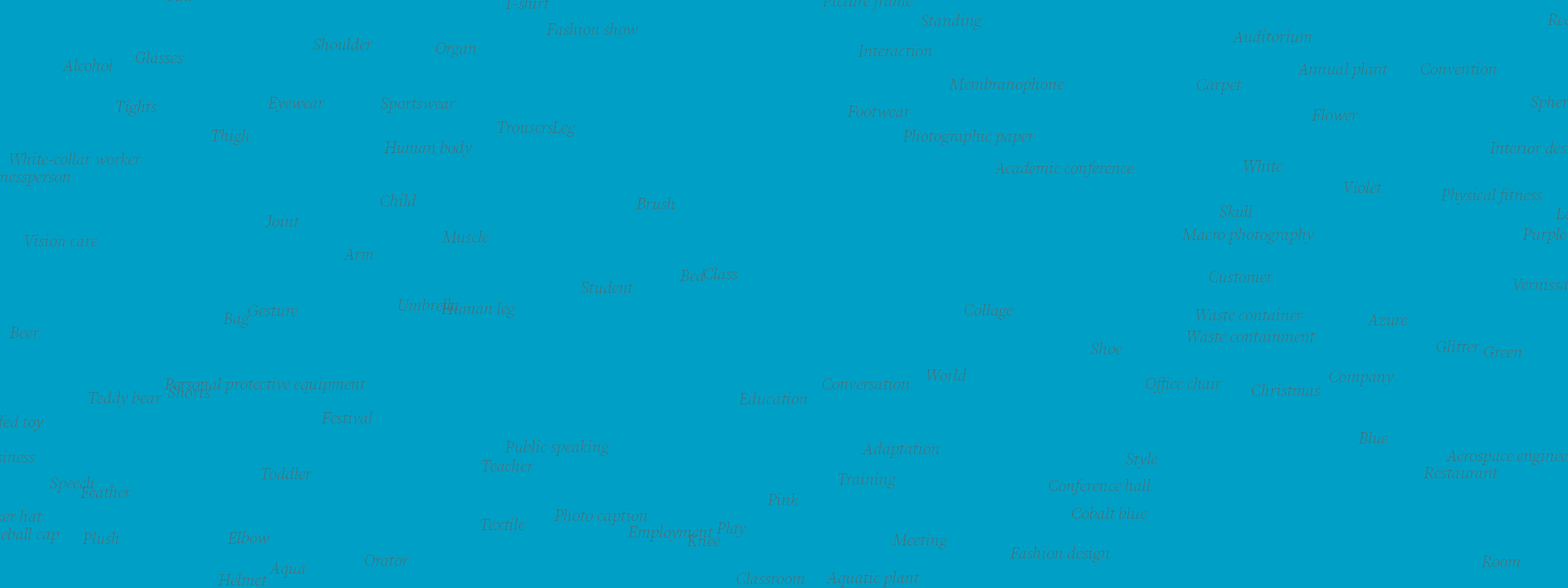My PhD research was focused on creative data work and a design method perspective on data science. The thesis can be downloaded here.
The massive amounts of data on the internet has created vast opportunities for design research and practice to look beyond traditional user research techniques. People’s opinions, perspectives, actions, choices, reviews – all sorts of footprint by users can be used for insights. During my PhD, I studied data science techniques from a design method mindset – looking into systematic ways how a data mindset can complement and inform a design inquiry.
How can designers integrate data practices into design inquiry?
This overarching research question was tackled through a set of workshops focused on different facets of the leading research question. Throughout all studies, I focused on how designers move from an “unknown” state into a “known” state with a given inquiry, and what happens when that inquiry is through data.

During the workshops, participants made sense of complex phenomena from hundreds of thousands of tweets, scrape data to feed into their inquiry and so forth – an approach that stems from what creative needs exist to make sense of with data, informed by a thorough understanding of designing and working with data.

Hybrid mindset
The studies reveal that designers assume a ‘hybrid mindset’ of combining computational/data thinking with design/qualitative thinking. The hybrid mindset enables designers to opportunistically mix the two main data traditions of qualitative and quantitative data, introducing creative and novel uses of data analysis tools, and switching inquiries on the same dataset seamlessly.
Creative data work
In this creative utilization of data, the different tools and techniques for leveraging data become appropriated in ways unique to design. Visualizations take the role of prototypes and boundary objects in the design process. In such a role, visualizations are not made to create representations for the sake of reporting the data, but for ‘greasing’ human cognition. In this support for understanding, visualizations are made rapidly for understanding a particular phenomenon through the dataset.
Relevance today
While a PhD research is inherently a theoretical process, in practical terms, my research contributes to scaling up design research and conducting design research that does not require expensive personal contacts – such as during periods of pandemic lockdowns.
The generative AI boom has been showing new type of challenges, where my contributions remain relevant; to yield higher quality outputs from a large language models requires a precision in thought and words from computational thinking, that leads back to the Hybrid mindset I identified when designers working with data. For example, I recognized that when designers studied transport and sustainability from social media data, they needed to develop a taxonomy that relates to how people communicate; such as “the bus is delayed”, “winter biking” as opposed to “sustainable transport”, or other abstract jargon. Similarly with a generative AI model, the greater precision of describing what is expected as an output of the system will make it convey the user’s intent more specifically.
Reflections
The PhD was a valuable experience to learn what it means to “stay with the trouble” – to really focus on a single agenda for a long period of time. While my approach of studying designers in workshop settings lead to very rich understanding incorporating to the complexities around design and innovation processes, today I would approach this work more from a tool-making approach, and address some of my findings more tangible.
Publications from this work
- Kun, P., Mulder, I., & Kortuem, G. W. (2020). Developing a Design Inquiry Method for Data Exploration. Interaction Design and Architecture(s), 45, 180-206. https://ixdea.org/wp-content/uploads/IxDEA_art/45/45_8.pdf
- Kun, P., Mulder, I., De Götzen, A., & Kortuem, G. (2019). Creative Data Work in the Design Process. In Proceedings of the 2019 ACM SIGCHI Conference on Creativity and Cognition. ACM. : https://doi.org/10.1145/3325480.3325500
- Kun, P., Mulder, I., & Kortuem, G. (2018). Data Exploration for Generative Design Research. In Proceedings of Design Research Society 2018 (pp. 1342-1356). London: Design Research Society. https://doi.org/10.21606/drs.2018.565 (Best Paper Award)
- De Götzen, A., Kun, P., Simeone, L., & Morelli, N. (2018). Making Sense of Data in a Service Design Education. In Proceedings of the ServDes.2018 Conference (pp. 177-187). Linköping University Electronic Press. https://servdes.org/wp/wp-content/uploads/2018/07/14.pdf
- Kun, P., Mulder, I., & Kortuem, G. (2018). Design Enquiry Through Data: Appropriating a Data Science Workflow for the Design Process. In Proceedings of the 32nd International BCS Human Computer Interaction Conference (HCI 2018). BCS Learning and Development Ltd. https://doi.org/10.14236/ewic/HCI2018.32
